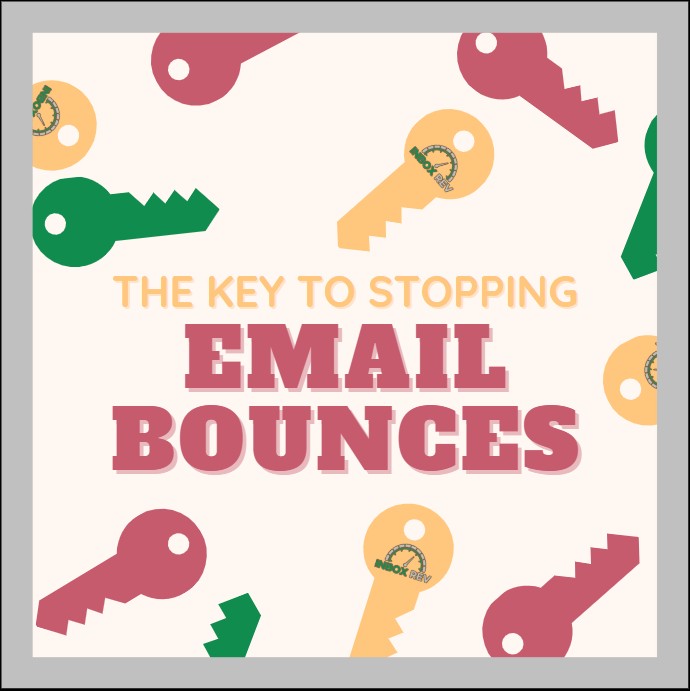Unwrap Your Potential: A Guide to Holiday Email Deliverability
The holiday season is a marathon for inboxes. As a marketer, you’re competing with travel plans, family newsletters, other brand mail, and a general sense of overload. In this environment, getting your email delivered is the first and most important step. If your message lands in the spam folder or gets ignored, even the most dazzling discount is worthless.
This year, shift your focus from just sending emails to confirming that they are wanted. Let’s explore how to navigate the holiday rush while keeping your sender reputation sparkling.
The Do’s: Your Ride to the Primary Inbox
Warm Up Your Audience, Don’t Shock Them
Imagine not hearing from a friend for months, only for them to show up at your door asking for a favor. Your subscribers feel the same way. A sudden surge in email volume after a period of silence is a major red flag for internet service providers (ISPs) like Gmail and Outlook. Begin increasing your sending frequency gradually several weeks before high-volume sending days like Black Friday. Send a re-engagement campaign to your dormant subscribers to separate the truly interested from those who may have disengaged. This list hygiene helps to provide a clear path for your most important messages.
Personalization is Your Best Friend
“Happy Holidays!” is fine, but “Ready for your cozy Christmas, Sarah?” can be magical. Go beyond using a first name in the subject line. Leverage past purchase data to segment your list. Send personalized recommendations, remind customers of the items they left in their cart, or wish them a happy anniversary of their first purchase. This level of personalization signals to both the subscriber and the ISP that your email is anticipated and relevant, not a mass blast sent to millions.
Make Every Subject Line a Gift
Your subject line is your first impression. During the holidays, avoid the desperate, spammy language that floods inboxes like the excessive use of dollar signs, all-caps, and words like “FREE,” “URGENT,” or “Act Now!” can trigger spam filters. Instead, focus on creating genuine curiosity or offer a clear benefit. Think “Your Exclusive Early Access is Inside” or “A Cozy Gift Guide, Curated for You.” A truthful and compelling subject line earns the open and builds trust.
Embrace the Unsubscribe and Make It Easy
It may feel counterintuitive, but a clean list is a healthy list. When an inbox is flooded, the last thing you want is a subscriber hitting the “report spam” button because they can’t easily find the unsubscribe link. Make the unsubscribe process clear and simple. This protects your sender reputation far more than forcing your mail on someone who no longer wants them. Remember, it’s better to have a smaller, engaged audience than a large, unresponsive one that hurts your ability to reach everyone else.
The Don’ts: Avoiding the Spam Folder Wreck
Don’t Ignore the Silent Killer: List Hygiene
We mentioned list cleaning earlier. But it’s so important, it bears repeating. Sending to old, invalid, or unengaged email addresses is one of the fastest ways to damage your sender reputation. High bounce rates and low engagement lets ISPs know that recipients don’t want your mail, which can lead to your future emails being blocked or filtered for everyone, even your most loyal supporters.
Don’t Surprise Your Subscribers with a New “From” Name
Consistency is major when looking at customer recognition and trust. If your subscribers are used to seeing emails from “The Nordic Nook,” suddenly changing your “From” name to “Holiday Deals Central” will cause confusion and increase the likelihood of them marking your email as spam. Stick with your recognizable brand name so people know immediately that the email is from a sender they once trusted.
Don’t Forget the Mobile Ride
A huge percentage of holiday emails are opened on smartphones. Sending an email with a clunky, non-responsive design that requires pinching and zooming is a surefire way to get deleted. Make sure your templates are mobile-friendly, with large text, clear call-to-action buttons, and fast-loading images. A poor mobile experience leads to low engagement, which inbox providers interpret as a lack of interest in your content.
Don’t “Overstuff the Stocking”
While it’s tempting to email your list every day with a new promotion, this can lead to list fatigue. Subscribers may start ignoring you or, worse, unsubscribing. Focus on quality over quantity. Plan a strategic cadence for your most important sends like Black Friday, Cyber Monday, and a last-chance offer, then give each email room to breathe and perform.
Your Deliverability Checklist for a Successful Season
By focusing on these principles, you’re not just avoiding pitfalls; you’re building a foundation of trust with your subscribers and inbox providers. To summarize, remember to gradually increase your sending frequency, personalize your content, write authentic subject lines, and maintain impeccable list hygiene. Avoid sudden changes in your sender identity, confirm that your emails are presentable on mobile, and resist the urge to over-send.
This holiday season, let your campaigns be the ones that are eagerly awaited and joyfully opened. Happy Sending!










